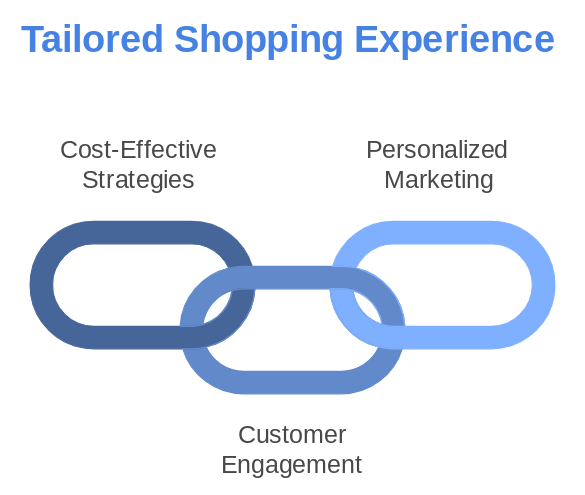Ever feel like personalization is only for the **Amazon-level giants** with seemingly endless resources? Small e-commerce store owners might think that personalized strategies will stretch their budget too thin. But here’s the secret: you don’t have to shell out big bucks to create a **tailored shopping experience** for your customers.
In this post, we’ll dive into five affordable, yet highly effective, personalization strategies for small e-commerce stores. You’ll discover how you can use personalization to boost customer engagement, increase your conversion rates, and stand out in the crowded online shopping space—without breaking the bank.
Create Offers Based on User Behavior
If you’ve ever felt like a mind reader when a store suggests exactly what you were shopping for, you’ve experienced **behavior-based personalization**. The good news? It’s not as expensive as it sounds.
Tools like OptinMonster allow you to track customer behavior on your site (like where they click, what they hover over, and what items have been hanging out in their cart for an eternity). You can use this data to create **personalized offers**—think customized discount codes or product recommendations based on their actions. It’s like giving your customers a virtual nudge in the right direction!
Top Tips:
- Analyze browsing history to offer relevant products.
- Provide personalized pop-ups based on user activity (e.g., time spent on a page).
- Use tools like OptinMonster to automate behavior-based personalization.
For example, if a customer consistently looks at your outdoor furniture but never buys, you could offer a special discount like, **”Need help deciding? Get 10% off the outdoor collection!”**.
Check out more about behavior-based personalization using tools like OptinMonster in this link.
Display Products or Campaigns Based on Location
Ever thought about how where a person is located could affect what they’re interested in buying? **Geotargeting** allows you to present **location-specific offers**. This is a tactic that shows people different products, shipping details, or discounts based on their physical location.
Pro Tip (“Straight from the expert’s mouth!”):
Expert marketer Neil Patel suggests localizing your campaigns to enhance their relevance. He emphasizes that location-based marketing leads to **higher engagement** when users feel that promotions are customized to their region.
Picture this: You run a shoe store, and it’s winter. Folks up in the North are in dire need of snow boots, while your customers in the South are eyeing sandals. Enter **geotargeting**! Display snow boots to the North and flip-flops to the South, maximizing your chances of conversion no matter the weather.
Learn more about geotargeting tools in this resource.
Upsell, Cross-sell, and Downsell During Checkout
Checkout is prime real estate for upselling, cross-selling, and even downselling—without feeling “salesy.” You’ve already hooked your customer; capitalize on that momentum by recommending complementary products, offering upgrades, or suggesting budget-friendly alternatives.
How to Make it Work:
- When a customer adds a high-selling product to their cart, recommend a complementary item (cross-sell).
- If the product they chose has a “premium version,” suggest an upgrade (upsell).
- If they hesitate over something expensive, offer a more affordable alternative (downsell).
Here’s a mini success story to consider: A local skincare store used this strategy with incredible results. Let’s call them “**Smooth Skin Solutions**.” During checkout, customers who purchased their standard moisturizer were offered a bundle that included a serum and cleanser at a discount. Over time, they saw their average order value increase by **20%**! 💰
Check out some user-friendly tools like **Shopify’s app store** or **WooCommerce** plugins that help automate this. Also, learn the difference between upselling and cross-selling from this blog post.
Personalize Your Optin Campaigns & Emails
For personalized customer emails, it’s all about **segmentation**. Stop sending the same generic message to everyone! Use your customers’ **purchase history, interests**, or even **browsing behavior** to update them with sales or new products that match their tastes.
Pro Tips from the Email Gurus:
- Use email marketing tools like **MailChimp** to segment your audience.
- Send personalized emails based on abandoned carts (E.g., **”Still thinking about that cozy sweater?”**).
- Craft product recommendation emails based on previous purchases.
If someone buys running shoes from your store, they’ll likely be interested in **activewear**. Sending them a focused email with a discount on running shorts feels charming—not intrusive. And the best part? It’s not tough on your budget!
Need help crafting the perfect email flows? This MailChimp guide has you covered.
Help Users Navigate Your Website with Dynamic Content
Now, this sounds fancy, but it’s actually a game-changer for tight budgets. **Dynamic content** automatically customizes the browsing experience for each visitor, based on their preferences or previous actions. Imagine presenting tailored homepage banners, personalized product suggestions, or menu items based on what they’ve shown interest in before.
How to Implement Dynamic Content:
Here are a few easy-to-integrate tools that offer dynamic content on a budget:
- **Personyze** – Automatically tailors site content based on individual customer data.
- **Barilliance** – Real-time product recommendations for personalized shopping experiences.
- **Nosto** – Helps deliver curated browsing experiences based on user profiles.
It isn’t every day you can give each customer their very own virtual assistant, but dynamic content goes a long way in delivering that “personal touch,” without hiring extra hands.
For more affordable dynamic content options, check out Personyze.
Bringing It All Together
If you’re thinking, “Personalization was only for the big guys,” hopefully, this post has debunked that myth! Here’s a quick recap of the cost-effective strategies you can start using immediately:
- Create offers based on user behavior to boost customer engagement.
- Display targeted information based on a customer’s location for higher relevance.
- Leverage upselling, cross-selling, and downselling at checkout for a bigger cart size.
- Segment emails to deliver more personalized and timely messages.
- Use dynamic content to give customers a bespoke browsing experience with minimal effort.
The **e-commerce world is competitive**, but you can gain a solid edge with smart, budget-friendly personalization strategies. Start small, implement these tips, and watch as your customer loyalty—and sales—grow.
Here’s your actionable takeaway: Pick one of these methods and implement it this week. Personalization doesn’t have to be a huge leap; even small steps can make a big difference!
If you’re ready for more insights or want to chat through ideas, feel free to reach out via email. We’d love to help you build a more personalized journey for your customers!
About the Author
Amy Pearson * is a digital marketing expert with over 10 years of experience helping small businesses thrive online. When she’s not crafting game-changing strategies, she is binge-watching Netflix docuseries and hunting for the perfect cappuccino.
Follow [your handle] on Twitter for more tips, tricks, and e-commerce goodness.

